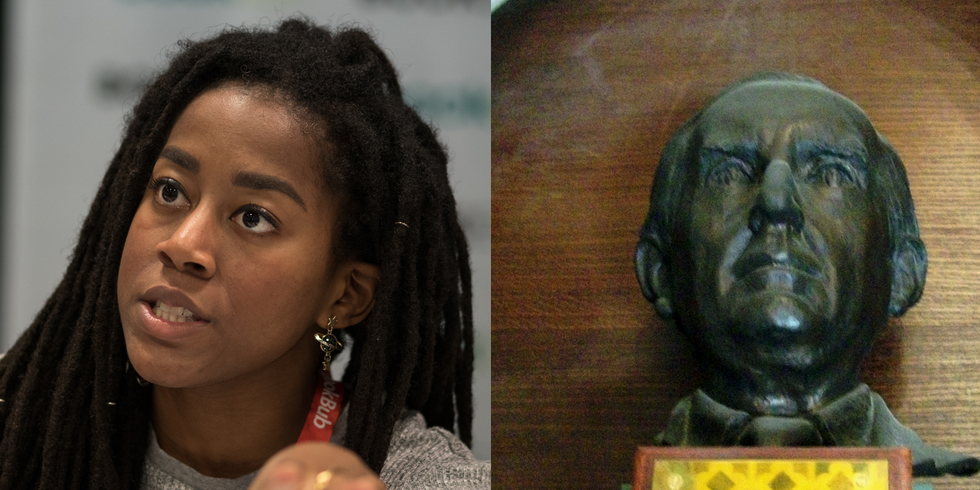The novel "Children of Blood and Bone," written by Tomi Adeyemi is a unique feature in the fantasy genre, for it is not focused on the Eurocentric perspective of employing mythical creatures and rites of kingship from European mythology, rather from African mythology.
It is clear from interviews and Tomi Adeyemi's biography that she studied extensively the African cultures that were transported to Brazil. This type of research can easily relate to J. R. R. Tolkien studying and teaching Anglo-Saxon literature and history, which eventually provided the inspiration to create Middle-Earth.
A striking similarity between these two writers' personal lives is that they lived in societies completely different from the ones they based their novels off of. In J. R. R. Tolkien's case, he was born in South Africa when it was originally a British colony before moving back to England. Tomi Adeyemi is a first-generation American born to Nigerian immigrants. In this way, the societies which they based their fantasy worlds off of become subjects of fascination, primarily when they feel that there is a deficiency. Tolkien himself did not like the fact that England did not have its own authentically English literature without influence from the Norman French who conquered England in 1066. Likewise, Adeyemi did not like the fact that there were not a lot of fantasy characters that looked like her.
Just like Tolkien who employed the use of words, place-names, and terminologies from European languages such as Finnish and Anglo-Saxon, Adeyemi employs songs, chants, and place-names from Western African tradition.
A dispute to my claim is that "Children of Blood and Bone" is a Young Adult novel and does not encapsulate more of the expansive universe that it contains. My rebuttal is that "The Hobbit" originally began as a Children's novel before the "Lord of the Rings" series was written, which became more intricate and grown-up. I would hope that Adeyemi's work goes through the same cycle, especially since this first novel deals with some pretty adult themes such as murder, sexual abuse, and morally complicated characters such as Inan and Roen.
There are differences that dive deeper than the layout of the stories and into the world itself. While Tolkien seemed intent on trying to replicate pre-Norman Conquest Britain (going so far as to say that the Lord of the Rings takes place in Britain's past), Adeyemi goes the opposite direction. She seems to base it off a fantasy world in post-colonial Nigeria's future. I say this because the characters mention that the empires which closely resemble the European powers that dominated the world were destroyed due their obsession with magic, which led the king to attempt execute all of the Orisha.
Basically, Tolkien wanted to go back while Adeyemi wants to go forward. I would say that she is on the path of becoming like J. R. R. Tolkien but in a completely different way. While the book series is published in America, I will say that it would provide a cornerstone for Nigerian fantasy literature.
Summedbyfells. "Bust of J. R. R. Tolkien." Flickr. Taken on March 6, 2012. Creative Commons Attribution Generic 2.0. Changes include cropping and combining with image of Tomi Adeyemi.
- 5 Books To Make You More Cultured ›
- 11 Own-Voices Young Adult Novels You Have To Read In 2018 ›
- Diversity In Book Covers ›
- Children of Blood and Bone: A Captivating African Fantasy Novel ›
- 17 Of The Most Memorable J.R.R. Tolkien Quotes ›
- So You Want To Be A J.R.R. Tolkien Fan ›
- 7 Quotes Brought To You By J.R.R. Tolkien ›














